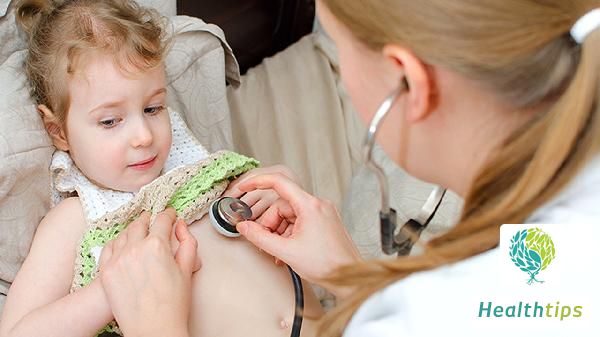"How to Handle Seizures in an Emergency?"
Update Date:
Source: Network
Emergency Management of Convulsions
The prompt handling of convulsions is crucial for ensuring patient safety, alleviating symptoms, and seeking medical attention promptly. Emergency measures encompass ensuring patient safety, maintaining airway patency, removing oral foreign bodies, preventing secondary injuries, and monitoring vital signs. A detailed analysis is as follows:1. Ensuring Patient Safety
Gently place the patient in a secure location to prevent falls or collisions with surrounding objects. Ensure no sharp or hard objects are nearby to avert further harm during convulsions.2. Maintaining Airway Patency
Promptly loosen collars and belts to facilitate unobstructed breathing. Tilt the head to one side to enable vomit or secretions to drain easily, preventing aspiration and subsequent asphyxia.3. Removing Oral Foreign Bodies
Inspect the mouth for dentures, food residue, or other foreign objects and remove them carefully to prevent airway obstruction. Do not forcibly insert objects like towels or chopsticks into the patient's mouth unless they are clenched tightly and might bite their tongue, as this could block the airway or damage teeth.4. Preventing Secondary Injuries
Avoid forcibly restraining the patient's limbs to prevent fractures or joint dislocations. During convulsions, place soft objects like pillows at joints to minimize joint damage.5. Monitoring Vital Signs
Closely observe the patient's breathing and heartbeat during convulsions. If abnormalities are detected, initiate emergency measures immediately. If possible, document the duration and symptoms of the convulsions for medical professionals' reference.Throughout the process, maintain composure, execute measures swiftly and accurately, and closely monitor vital sign changes. Additionally, prioritize personal safety to avoid injuries during the emergency response. Most importantly, once the convulsions subside, promptly transport the patient to a hospital for further treatment and examination to determine the cause and initiate appropriate therapeutic interventions.




















